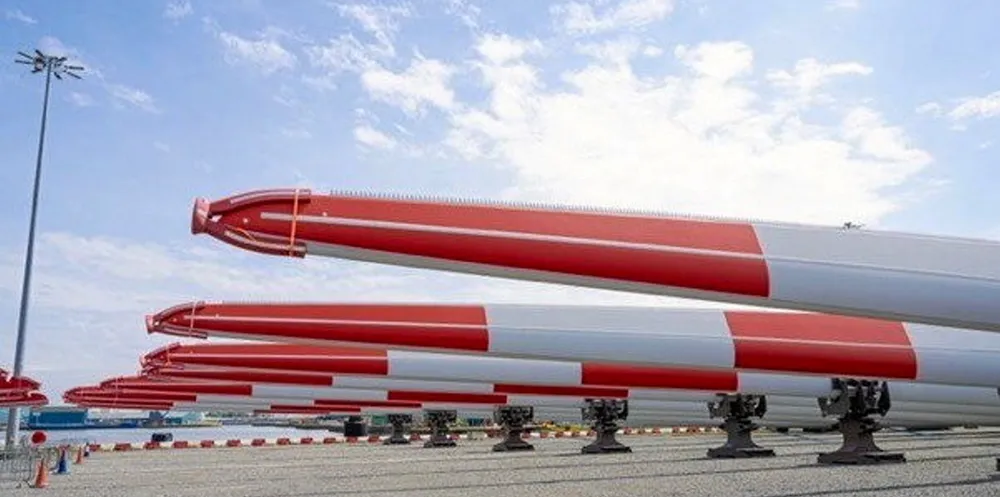RWE set to rig up first recyclable Siemens Gamesa wind blades for North Sea test flight
Developer to trial new design from OEM, which employs next-generation resin to allow separation of fibreglass fibres for reuse, at Kaskasi project off Germany

Developer to trial new design from OEM, which employs next-generation resin to allow separation of fibreglass fibres for reuse, at Kaskasi project off Germany
